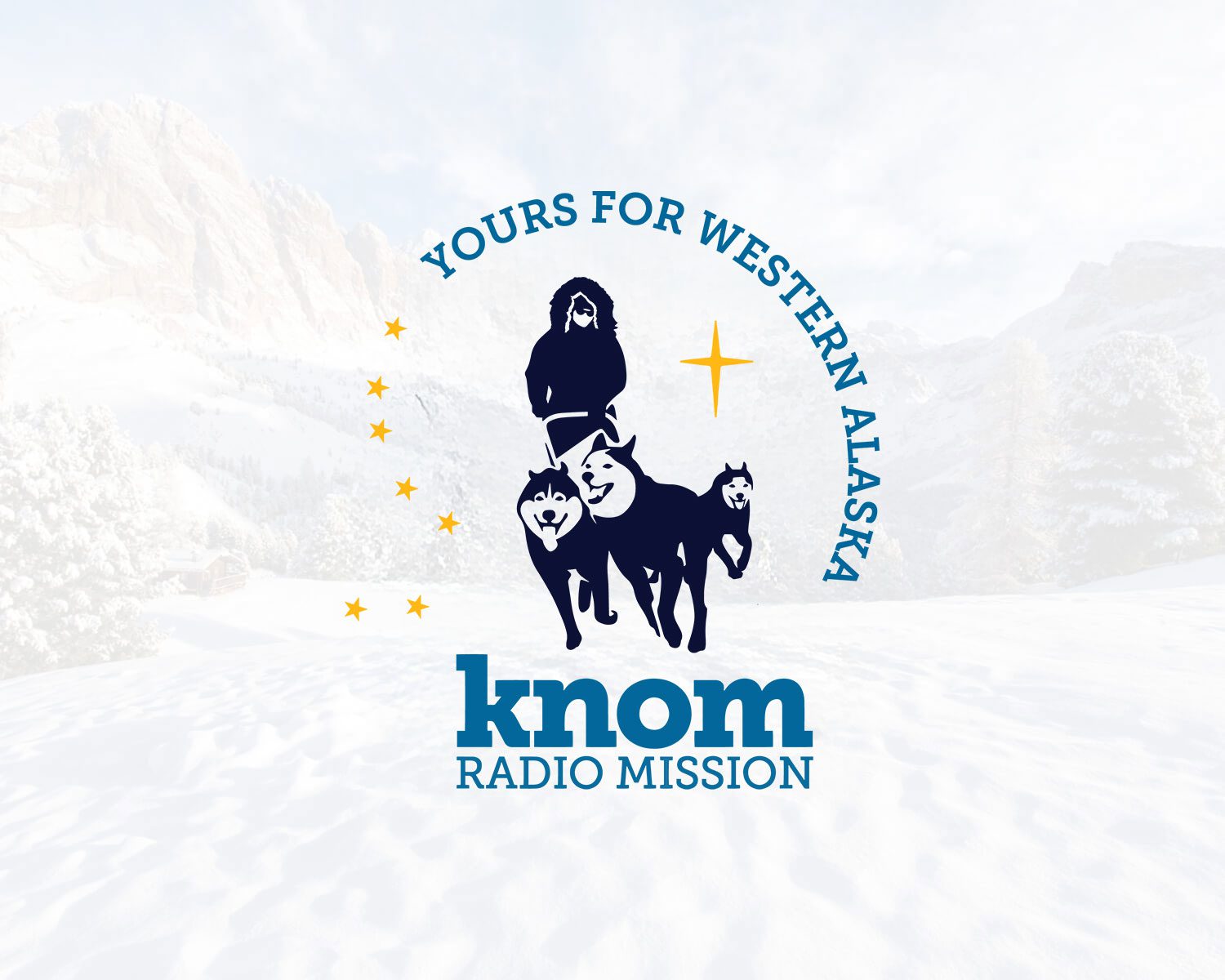Teams streamed in and out Of the Athabascan community of Koyukuk Saturday afternoon and into the night. Some stopped to get some rest after the long, 86 mile run from Huslia. As the race wears on, mushers’ decisions about run / rest for themselves and their dogs become more influential on their ultimate arrival into Nome.
4-time Iditarod champ Jeff King said the run into Koyukuk was very cold, as mushers are still battling low temperatures reaching into -40F to -50F. Although not in front, he seems happy with his position, “clearly within reach of what’s going on at the front if not setting the pace.” King admits his average speed posting upwards of 8mph is a fast pace, but believes he and the dogs have found that “sweet spot,” and they seem to be doing well with it.

Mitch Seavey chose to stop in Koyukuk to fulfill his mandatory 8-hour layover along the Yukon. He was one of the handful of leaders in the race to save this mandatory rest for the latter half of the Yukon run, along with Aliy Zirkle (who stopped in Nulato), and Aaron Burmeister (resting in Kaltag).
Looking towards the coast, Seavey says, “We’re back in familiar territory and the race is on.” In Koyukuk, Mitch took some time to repair minor hand injuries. He talked a bit about a new generation of mushers coming up. “I’m very happy to see these young guys doing well, thinking it through, passionate, and they’re, of course, obviously going to carry it forward.”
John Baker pulled into Koyukuk Saturday night at 9:30p after the long run from Huslia. Baker looks back on his most recent runs, from Galena to Huslia and into Koyukuk: “The team will be doing great one minute…and then something happens, and I start all over again. I don’t know what’s going on. We’ll keep working at it.”
Though just outside of the top 10 at this point, Baker says there is a lot of trail to cover between Koyukuk and Nome. “It’ll change so much between here and Nome, there’s lots of things that can happen. I’m not too worried right now.”

Bethel’s Pete Kaiser said the run up to Huslia was a long stretch, but great and interesting to stop in a community with such an appreciation for mushing. “[It was] the most enthusiasm I’ve seen in an Iditarod checkpoint by far.”
With a race to run, though, Kaiser didn’t stay long, and hopped back on the trail down to Koyukuk. “It’s kind of all happening pretty quick here…It’s going to get heated up there when we get to Unalakleet.” Kaiser says as the race wears on he starts to pay more attention to the competition ahead and behind him, judging his dogs’ capabilities and makes decisions “on the fly” about running and resting and speed. “Hopefully the idea is that I conserved well enough the first part of the race that we have some juice here at the end.”






